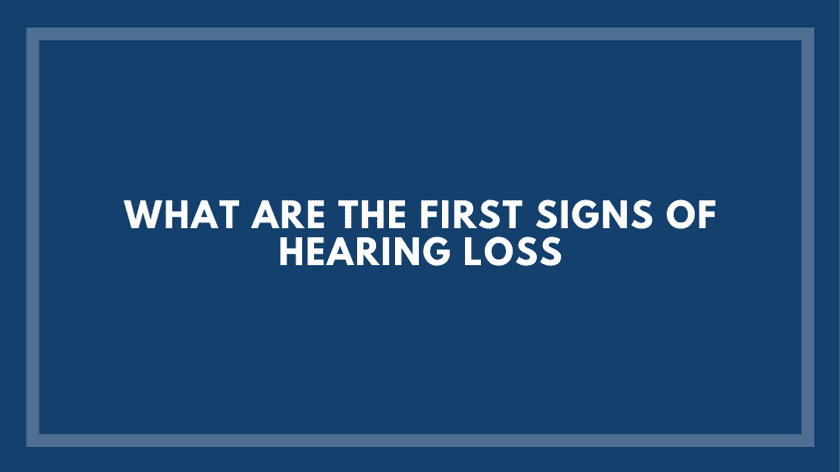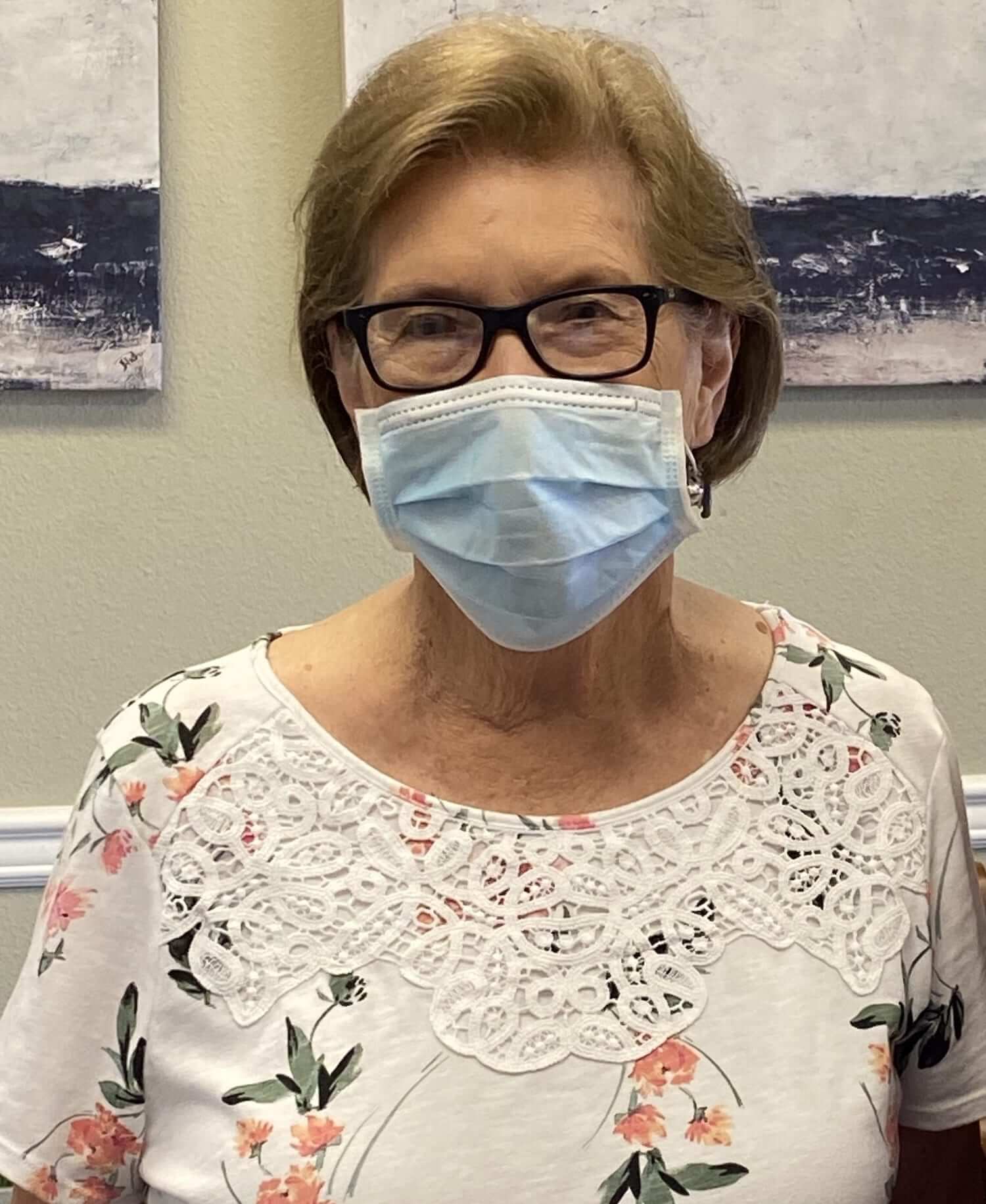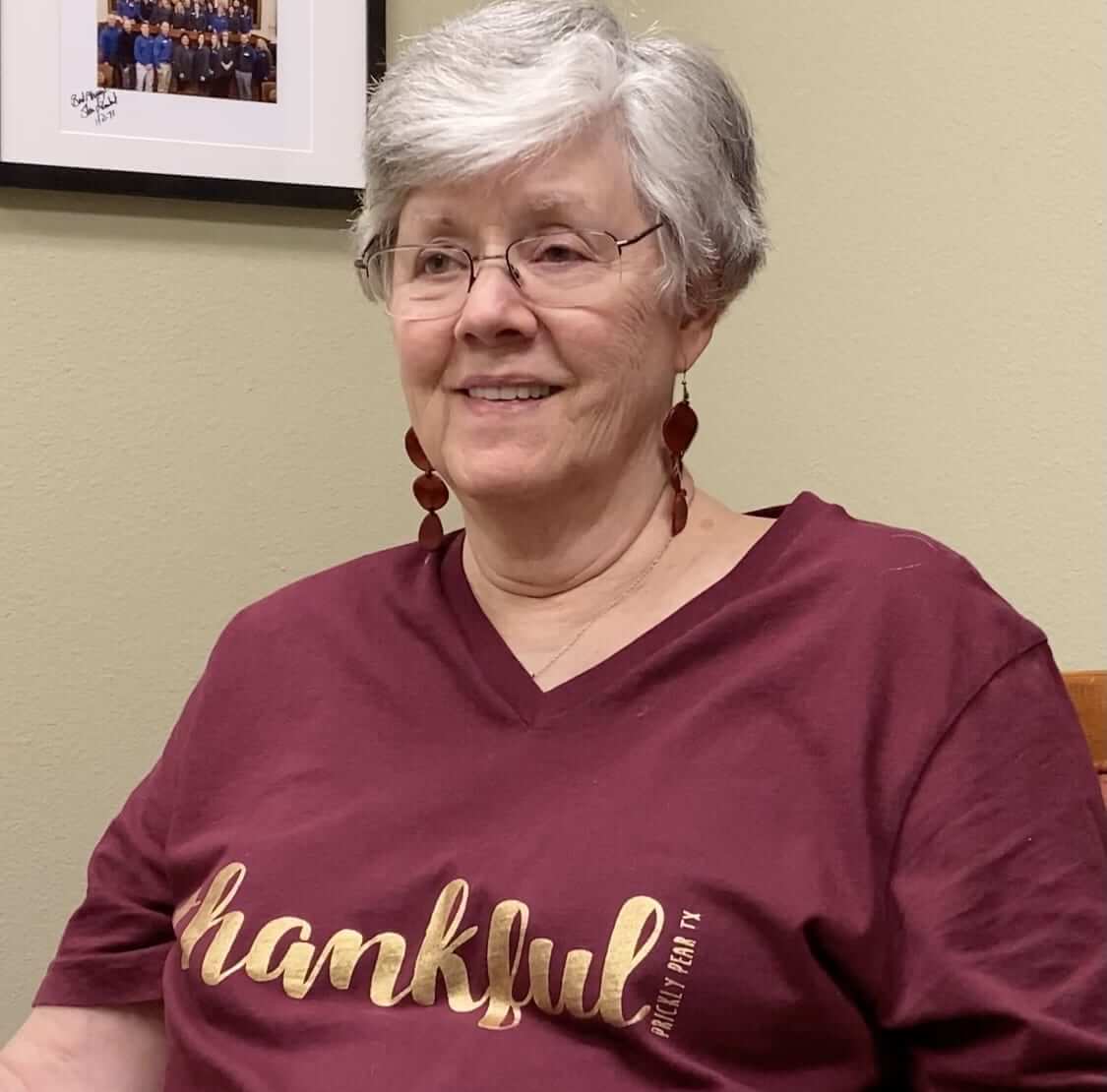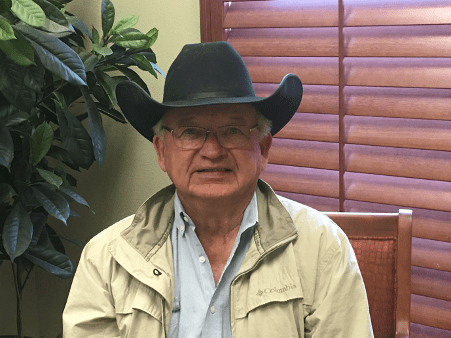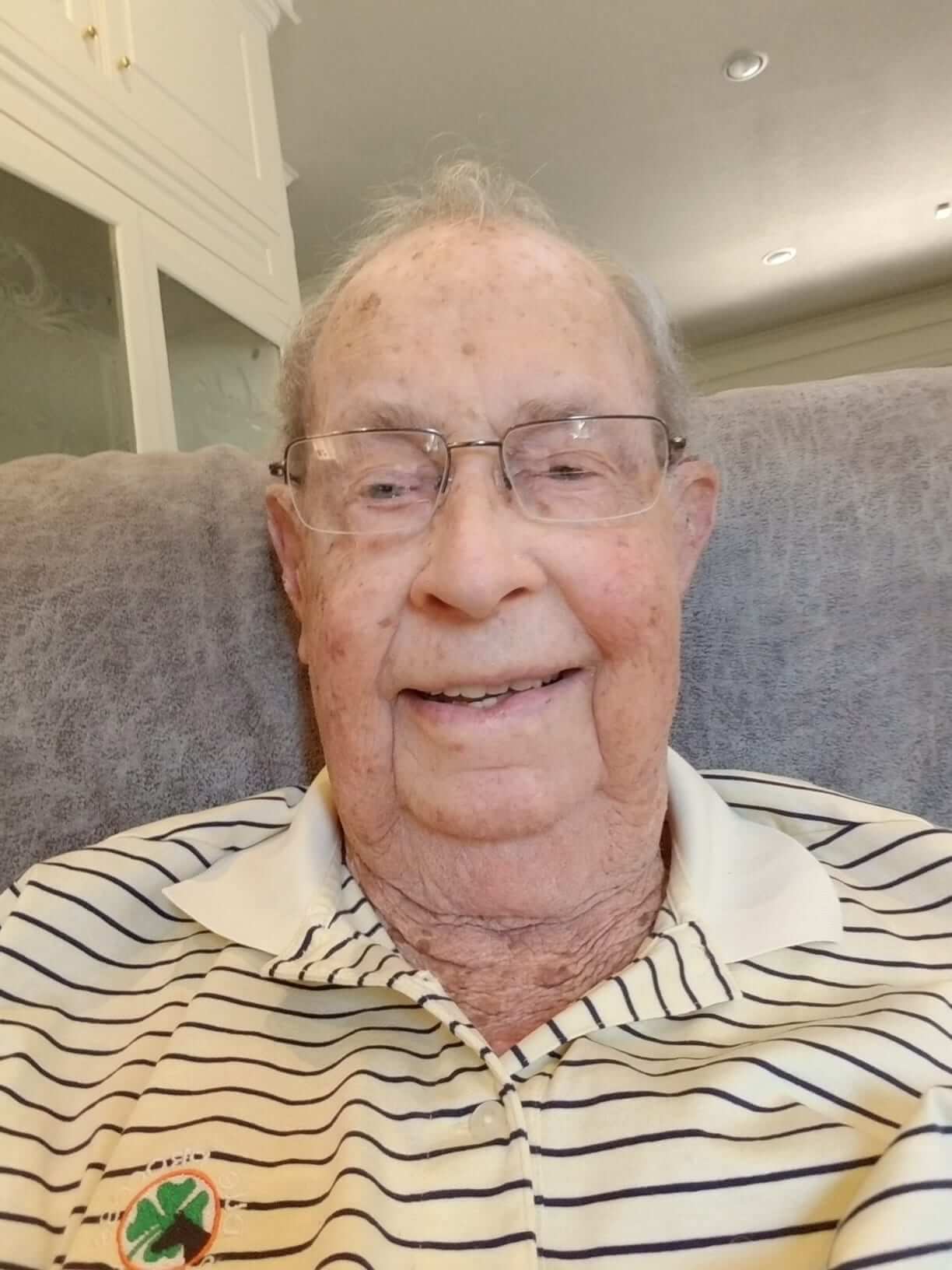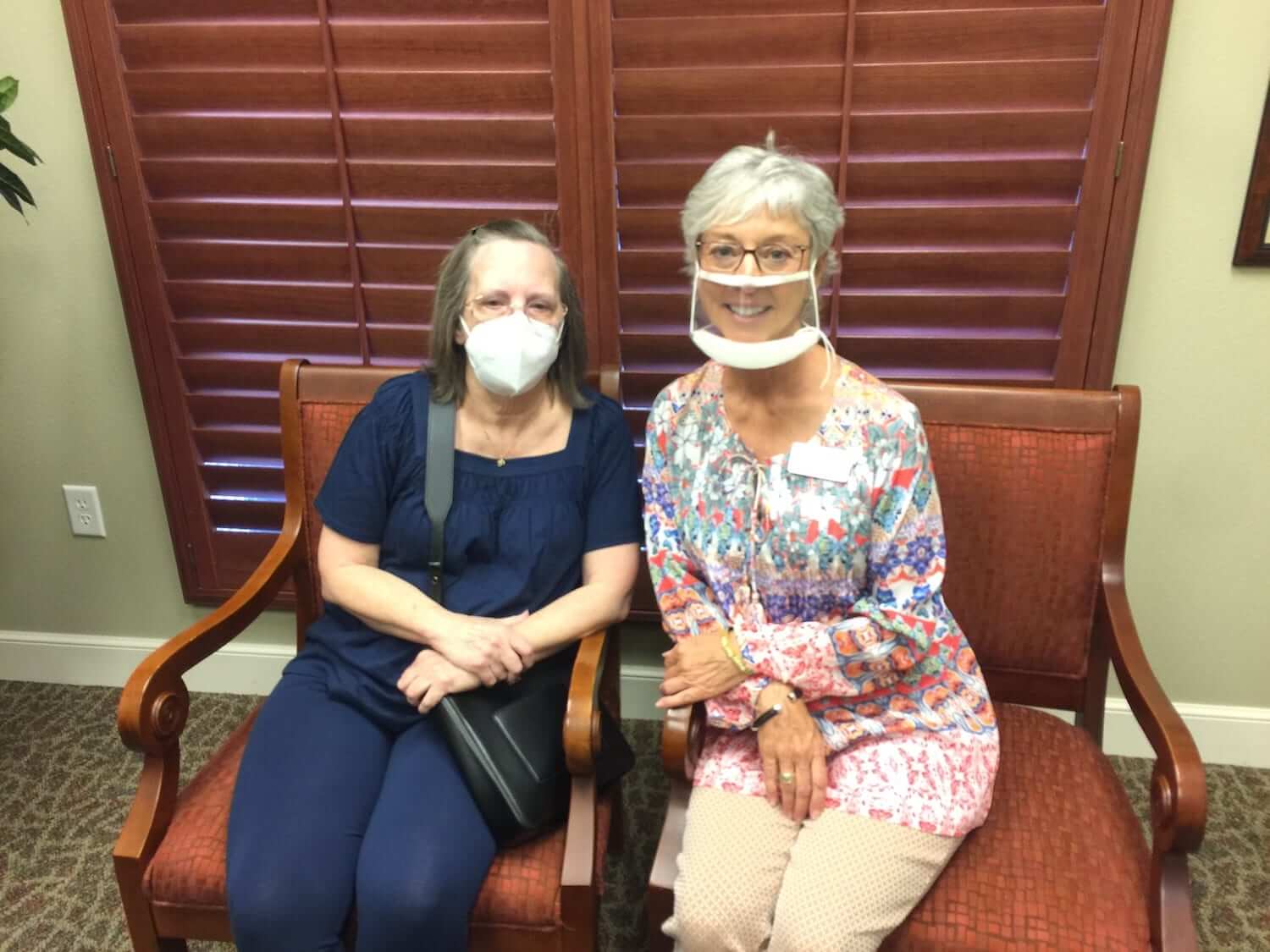When you receive a brand-new pair of hearing aids, the world suddenly becomes a far more vibrant, exciting place.
You’ll be able to hear things that have seemed muffled for years, brought to life by the incredible technology that’s now in your ear.
But these life-changing devices need to be regularly maintained to operate to their potential. And your hearing aid domes are one part that needs to be regularly checked.
What Are Hearing Aid Domes?
We supply hearing aid domes to patients who invest in behind-the-ear types of hearing aids – sometimes also called receiver-in-the-canal or receiver-in-the-ear.
The hearing aid dome sits at the end of a tube that feeds sounds from the external receiver into your ear, ensuring you can hear crystal clear sounds in comfort.
People with a mild-to-moderate hearing loss are normally best suited to them. Those with a severe-to-profound hearing loss will usually be prescribed earmolds.
But this choice can also be a matter of preference and something you can discuss with Dr. Kelsi Mangrem or me prior to your fitting.
There are two main types of hearing aid domes, each used for different hearing conditions.
Open Style Hearing Aid Domes
As the name suggests, open style hearing aid domes are made with a number of small holes, which are designed to let more sounds into a person’s auditory system.
People with a mild hearing loss usually benefit the most from these hearing aid domes, as they don’t provide an extremely high degree of amplification.
The holes in the domes prevent the occlusion effect – the sensation you feel when your ears are blocked and sounds appear distorted and lower in tone.
If you only require hearing amplification for higher frequency sounds, for example, open style hearing aid domes are ideal.
Closed Style Hearing Aid Domes
We advise those with more advanced forms of hearing loss to invest in closed hearing aid domes.
These fit more comprehensively, sealing off the ear canal so that a person’s hearing aid amplifies more noises.
They just have one hole at the tip of the plastic dome that allows sounds to feed through to their inner ear.
When Should I Change My Hearing Aid Domes?
Hearing aid domes are disposable, and we advise patients to change them every few months. But you should also check them regularly for issues.
- They can become damaged when you take them in and out.
- They’re susceptible to in-ear moisture and can become clogged with earwax.
- They can break if they’re mishandled or knocked against a hard surface.
During regular cleaning and maintenance checks, you should study the hearing aid dome for any signs of wear and tear.
If they don’t look like they are in perfect condition, it’s time for a new set!
How Do I Clean My Hearing Aid Domes?
It’s important to clean your hearing aid domes now and again to make sure they’re in top shape.
You can do this by, first, taking the hearing aid domes off your devices and wiping away any moisture or wax that might have built up on them with a cloth or brush.
Then, massage the hearing aid domes with an alcohol-based wipe or a cloth with a little soap, taking care to make sure there aren’t any imperfections.
Finally, rinse the hearing aid domes under the faucet and leave them to dry before reapplying them to the hearing aid tubes. After this, you’ll be ready to witness the world in full clarity again.
Are you worried about a hearing issue or know someone who has a concern? Contact us at Holland Hearing by calling (325) 437-4730, and we’ll be in touch to help you find the best solution!




